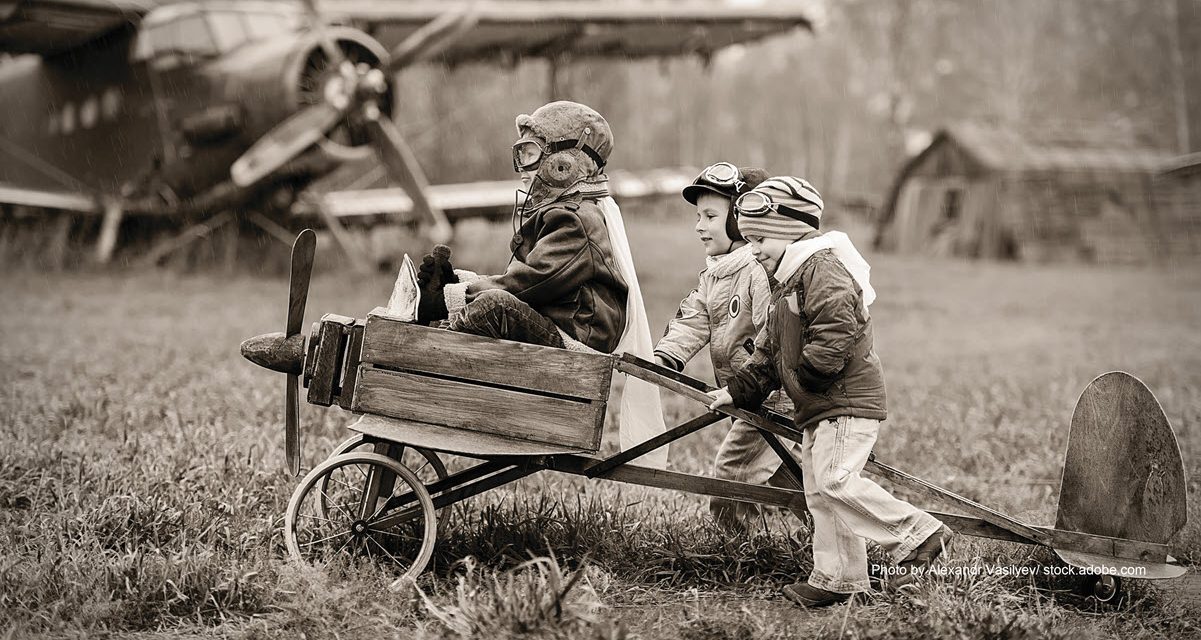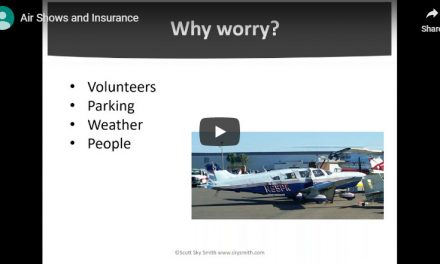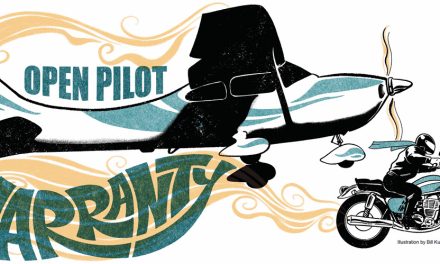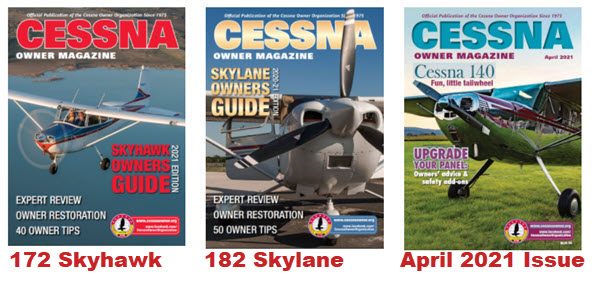By Scott “Sky” Smith
Recently we’ve had several people wanting to talk about partnerships, flying clubs, and other ways to “share” their aircraft. I thought I’d review a few options again. Typically, these questions come up because someone tells me how expensive aviation is or how it’s such a bad (or good) time to buy an aircraft.
Even in today’s economy, many people are still wondering how they can afford to own an aircraft. Rationalization was tough in the “good old days.” It’s even more difficult now. One thing I have learned after owning many aircraft and working with hundreds of buyers: the best deal is not always the biggest, fastest or newest, and sometimes not owning is an option.
Looking back to my early days in aviation, it wasn’t much different than it is today. Throughout the aviation world there are always assorted years with economic issues that all of us in the industry thought were the worst.
In today’s economic climate, we see worries about jobs, interest rates, fuel prices and more — all of which can make the buying decision tough, if not impossible for some. What I’m trying to say is that all through history people have always had reasons not to fly or buy an aircraft.
As I have discussed before, the underlying question is still, “Can you afford to fly what you own?” If not, maybe you need a different aircraft; which brings up the aircraft market.
There are some fantastic deals on used aircraft right now. Prices on vintage, classic, light, single-engine aircraft have stabilized, or even dropped a bit. Of course, like everything else, if you bought at a high price it will hurt to sell at a low price. If you haven’t yet entered the market or made a purchase, now is the time to start shopping. Despite what you might hear, lenders are still providing loans, people are still buying, and there are still aircraft available for sale at excellent prices.
I believe the old adage about buying what you will use 75 percent (or even 95) of the time is true. This is a philosophy that is used with most “toys” such as aircraft, cars, boats and motorcycles. Don’t take the term “toys” as negative. Most of these items are owned as fun vehicles, not everyday transportation items, so they are “extras,” which makes it a little harder to rationalize. (I personally have trouble with this at times.)
If we followed this guideline most of us would be flying the equivalent of a Cessna 150. Many of us do, because a Cessna 150 or a Piper Cherokee 140 meets 75 percent of most owner’s needs.
The rest of us have opted for something else and we must try to rationalize the ownership issue even more. If this is your situation—where you cannot afford what you desire and do not want to own what you can afford—what are your options?
Alternate Ownership
“Sharing” or “partnership” is one way to have someone help you pay the expense. My fantasy “partner” is someone that wants to own an aircraft but doesn’t have any plans to fly the aircraft. I have heard about these partners, but I have never found one like the antique pristine Cub in the barn story.
Cost Sharing
Before getting a partner, you should think about sharing the operational cost. In this situation, the owner shares the cost of the aircraft with another person or persons, but does not share the ownership of the aircraft. There are a couple of problems associated with sharing the costs that need to be addressed. The FAA is one and the insurance underwriters are the other. Neither is impossible to overcome but is an important factor in the cost-sharing picture.
Before you “share,” check with your local FSDO office about what they think is reimbursement of expenses. Typically, the language about sharing the costs or being reimbursed for the cost of the aircraft can be found in FAR part 91. It has been implied that reimbursement or sharing of costs was just for the fuel and oil. But it costs more than that to own an aircraft. What about the maintenance, hangar, insurance and the fuel and oil?
“Sharing the costs,” means, “charging” the other pilots a certain amount for using the aircraft. This amount might be by the hour and include the cost of fuel and oil or it might be a set amount that excludes fuel and oil. Either way, it looks a lot like a rental.
For example, I own an aircraft, and I let my pilot friends use the aircraft. The friends agree to reimburse me for the cost associated with their use on a per hour basis. If I charge the users, I am skirting with commercial and rental rules. Commercial means that the FAA could require that my aircraft go through a 100-hour inspection program (and other requirements) in addition to the annual inspection.
Even if the FAA agrees with your plan, the insurance company might not. Most insurance policies have some exclusion talking about the lack of coverage for commercial use unless the policy is specifically for that purpose. Additionally, the pilot that uses your aircraft might have to be named on the policy or meet the open pilot warranty. Just a reminder, it might be great to share the costs but be sure to look into all the rules (and risks) first.
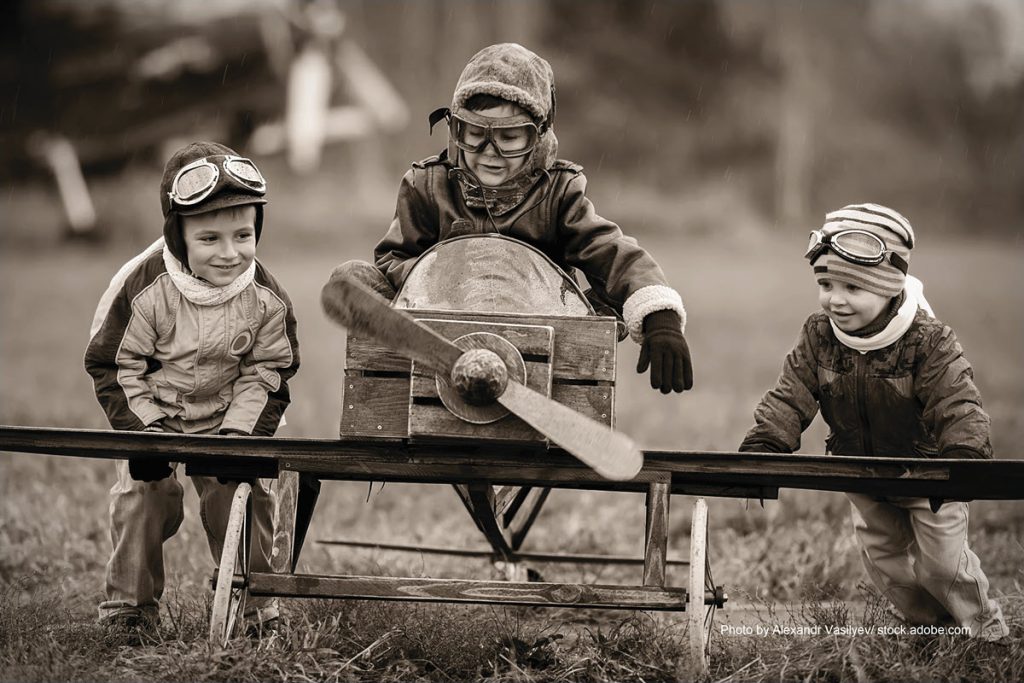
Partnerships
Partners will be “shareowners” of the aircraft. The partner’s share the purchase price, operating expenses and repair expenses. This is a wonderful way to cut down the personal financial outlay, as long as you get along with your partners.
Most partnerships set up a “per hour” rental rate along with a monthly “fee” that each owner pays to the aircraft fund. This enables the partnership to keep the aircraft bills paid. Many a partnership has been ruined because one person flies more than the others do and he doesn’t pay more than the others. The hourly charge helps balance the costs based on how much each partner flies. The monthly “fee” helps pay the fixed expenses even if very few hours were put on the aircraft.
Flying Club
From an insurance point of view, the partner category typically lasts until you get over five partners. Underwriters think six or more owners (up to ten) are a small flying club. By increasing the number of people that are owners, the cost to own is reduced. But it also increases the problems with scheduling, maintenance, insurance, etc. When you think about it, a flying club that has over six members is almost like renting an aircraft from an FBO. A flying club, however, might offer more aircraft options and less age restrictions than a privately owned aircraft. In today’s aviation insurance world, senior (70+) pilots may find it difficult to get insurance. Sometimes there are limits to coverage (no passenger coverage), if a policy is even available. Many flying clubs do not have any language about age. So, if a senior pilot can’t get insured in their own private aircraft, it might be easier to join a flying club in order to fly under the club’s policy in the club’s aircraft. For many, flying clubs are the way to go.
Leaseback
A third option is the leaseback arrangement. This is when the owner of the aircraft puts the aircraft at an FBO and lets the FBO lease the aircraft. An advantage of this is the FBO gets an aircraft to fly, and the owner gets a legitimate business aircraft. Since the number of pilots is far greater than the number of aircraft, it’s a sure deal that people will rent aircraft if they want to fly. Leaseback arrangements are presented to new buyers as a very efficient way to develop rental income and reduce monthly operating costs.
The disadvantages are that the aircraft is a rental aircraft. To take advantage of the lease arrangement, the owner should put the aircraft on the flight line and get his check at the end of the month. If it is your personal aircraft, you are in for a shock. The aircraft will get the treatment of a rental aircraft. The students are going to land it hard and leave it dirty. If you want to fly it, you need to rent it — call the desk and schedule it just like everyone else. If you want to take it for a weekend adventure, you should pay for the down time.
If this doesn’t appeal to you, don’t put it on a leaseback. A personal plane needs to stay personal. A leaseback aircraft needs to be a piece of business equipment. The people that are unhappy about leasebacks are the ones that expect the renter and FBO to treat the aircraft like they (the owner) would, and that’s not going to happen.
Fractional Ownership
Simply put, the owner buys a share of an aircraft, pays a fixed monthly fee, and gets a specified number of hours of flying at an attractive per hour rate. Fractional ownership has been very popular with larger corporate aircraft. Fractional ownership allows buyers to make use of more aircraft than they might afford on their own. In the corporate world, fractional ownership usually includes the crew and all the amenities.
Summary
The bottom line is, even if times might be tough financially for you, it is a great time to buy an aircraft and there are options (own, partners, rentals, flying clubs) for almost everyone. I guess the question is: “How bad do you want to fly?”

